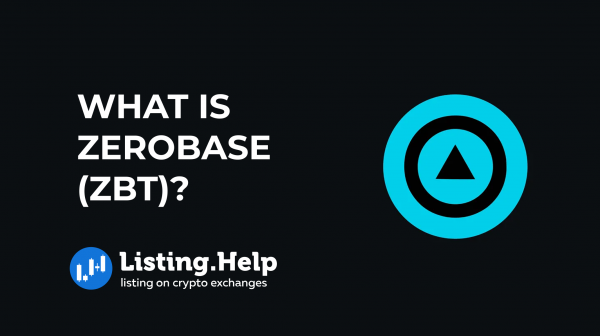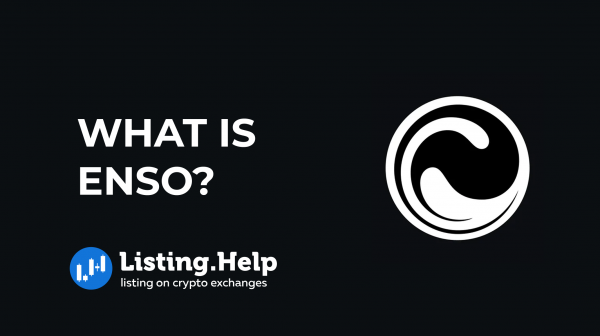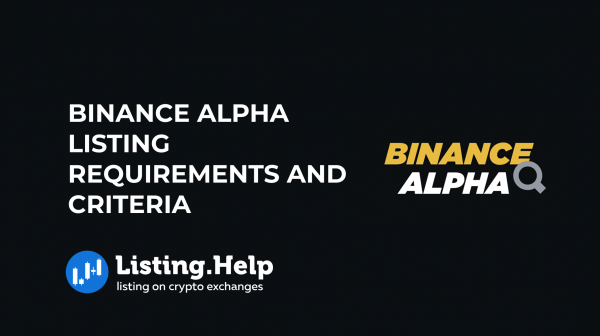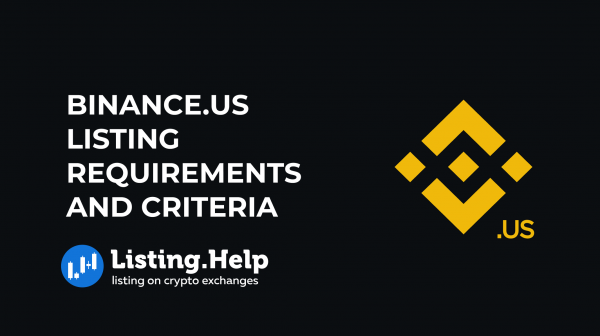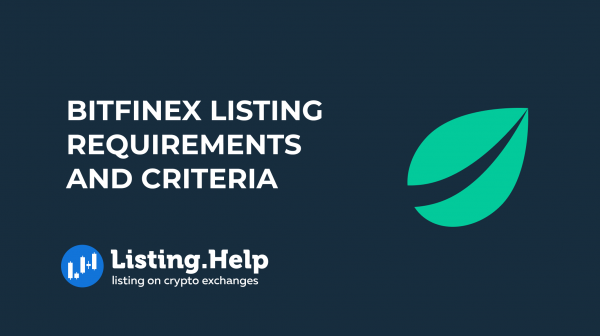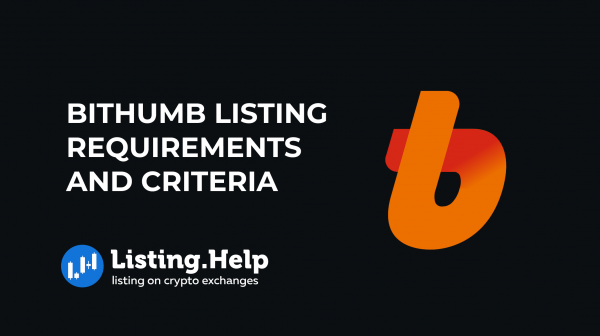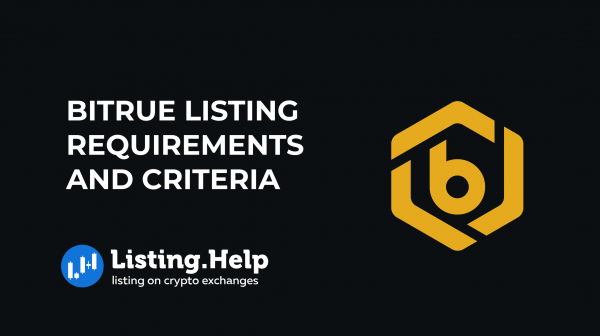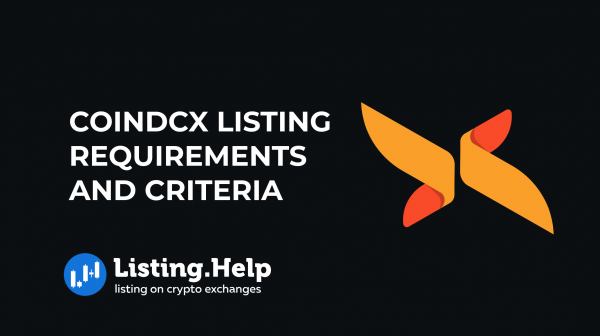What is Zero Gravity (0G)?
 October 19, 2025
October 19, 2025 Updated: October 19 2025, 08:36
Updated: October 19 2025, 08:36
LEAVE A REQUEST
Launching your own token project? Our experts are ready to help with listing on exchanges, market making, marketing and other solutions
SUBMIT APPLICATION0G, or Zero Gravity, is a decentralized infrastructure layer built for artificial intelligence (AI). Today, most AI systems are managed by a few major technology companies. 0G offers an alternative — it opens AI development and usage to anyone through on-chain participation.
The platform delivers a complete suite of services that make it possible to build and operate AI systems:
- 0G Chain: an EVM-compatible Layer 1 blockchain tailored for AI applications.
- 0G Compute: a decentralized GPU network offering accessible and affordable computing resources.
- 0G Storage: a decentralized data layer for managing large AI datasets with reliability and speed.
- 0G Data Availability: a framework ensuring data remains verifiable and reachable when needed.
AI workloads require significant computing power and fast, consistent data access — demands traditional blockchains can’t handle efficiently. By combining these core layers, 0G allows developers to run AI-driven applications directly on-chain, minimizing reliance on centralized infrastructure.
How 0G Works?
0G Chain
0G Chain is a Layer 1 blockchain designed specifically to meet AI’s high-performance needs. Most blockchains handle general tasks, but 0G focuses on intensive data processing and fast computational throughput.
Its modular design separates consensus — how the network agrees on transactions — from execution, or how those transactions are processed. This makes the system scalable and adaptable while remaining compatible with the Ethereum Virtual Machine (EVM). Developers can move their existing Ethereum contracts to 0G with minimal changes.
The network’s security is based on an enhanced version of CometBFT, a Byzantine Fault-Tolerant consensus protocol that maintains agreement even if some nodes fail or act maliciously. Validators stake 0G tokens to participate in securing the network and are rewarded for their contributions through transaction fees and incentives.
0G Compute
0G Compute provides access to decentralized AI computing power through a network of GPUs distributed globally. Instead of relying on centralized cloud platforms with fixed pricing and restrictions, developers can rent GPU resources directly from independent providers.
This marketplace model connects GPU owners and users through smart contracts. Developers can pay for services such as model training or inference, while GPU owners set their own prices and earn tokens for completed work.
Smart contracts handle transactions automatically, ensuring secure payments and transparent processes. Using zero-knowledge proofs (ZKPs), 0G Compute maintains performance and trust, creating a flexible and decentralized system for accessing AI computing resources.
0G Storage
0G Storage is a decentralized data system designed for the massive datasets that AI requires. It delivers performance close to major cloud services while distributing control across participants in a Web3 environment. Anyone can host storage nodes and earn rewards by contributing capacity.
The system uses erasure coding to split data into fragments, keeping it accessible even if some nodes go offline. A dual-lane design improves efficiency: the publishing lane handles metadata and proofs, while the storage lane manages actual data and replication.
To verify storage reliability, 0G uses Proof of Random Access (PoRA). Nodes are randomly asked to prove they hold specific data; those that respond accurately are rewarded, and unreliable nodes are flagged.
0G Data Availability
For AI and decentralized applications, it’s not enough to store data — it must also be verifiably available. 0G Data Availability (DA) ensures data integrity and accessibility across the network.
DA Nodes are randomly selected to test whether data is stored correctly. They check random samples and provide proofs to the network for verification. This sampling approach improves speed and efficiency while maintaining security.
Data is first saved through 0G Storage, then verified by DA nodes and finalized by validators who stake 0G tokens. Because validators secure several interconnected systems, 0G DA can support multiple networks. As of September 2025, Layer 2 solutions like Optimism and Arbitrum are already integrating 0G DA for applications requiring consistent access to large datasets.
Use Cases
Although 0G was built for AI, its modular structure makes it suitable for other high-performance applications, including gaming and decentralized finance (DeFi).
Gaming
Modern games depend on constant updates, complex digital assets, and real-time player interactions. 0G’s high-throughput storage and fast data access make it possible to handle these processes on-chain. Game logic, transactions, and player activity can all run without delay, creating a smoother Web3 gaming experience.
Decentralized Finance (DeFi)
DeFi platforms require speed, precision, and scalability for trading, price feeds, and multi-chain operations. 0G’s data availability layer supports quick settlement and smooth interaction between protocols. Its compute and storage layers also make it easier to run analytics, simulations, and other advanced financial tools securely and efficiently.
What is the 0G Token?
The 0G token serves as the native asset of the ecosystem and powers all on-chain activities. It’s used for:
- AI and data operations: payments for computation, storage, and data availability.
- Node participation: rewards for validators, alignment nodes, and storage providers.
- Network security: staking to protect the system and verify AI model behavior.
- Governance: allowing holders to propose and vote on protocol updates and policies.
The 0G token is listed on many platforms, including Bitrue, Bitget, XT.com and Upbit. If you’re looking to list your token on similar platforms, understanding the token listing process and crypto exchange listing fees is essential.
Conclusion
0G delivers a decentralized foundation built to handle complex, high-volume workloads. By integrating a dedicated blockchain with decentralized computing, storage, and data verification, it forms a complete environment for building AI systems directly on-chain.
While its core focus is artificial intelligence, the same architecture can extend to gaming, DeFi, and other data-intensive sectors. With modular design, transparent incentives, and verifiable performance, 0G brings flexibility and reliability to the next generation of decentralized technology.

For more insights and updates on the crypto world, don’t forget to check out our blog at Listing.Help.




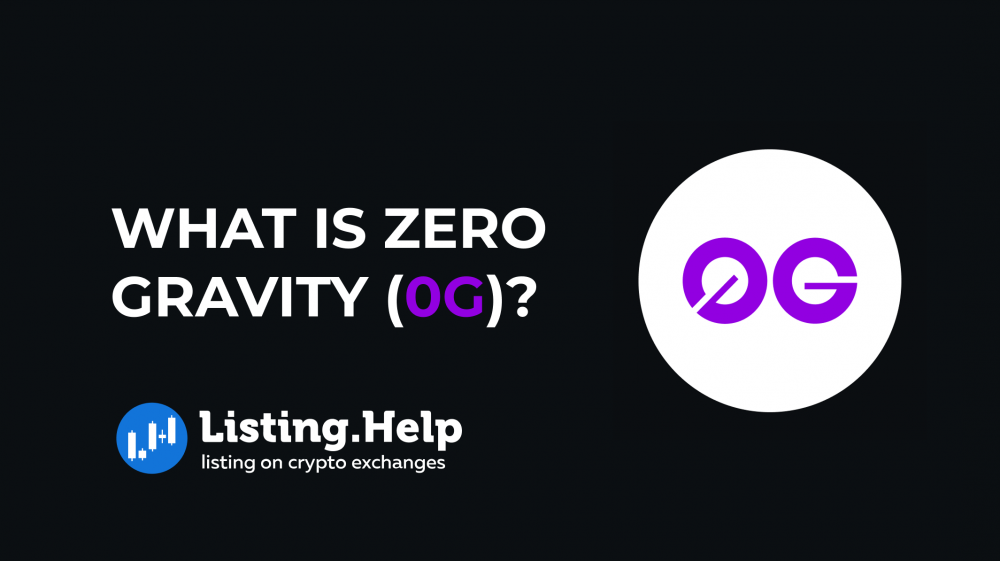

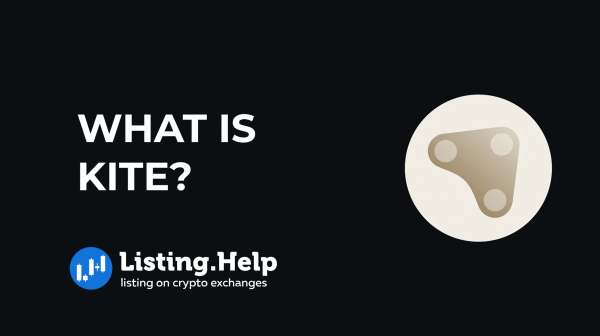
 December 3, 2025
December 3, 2025 